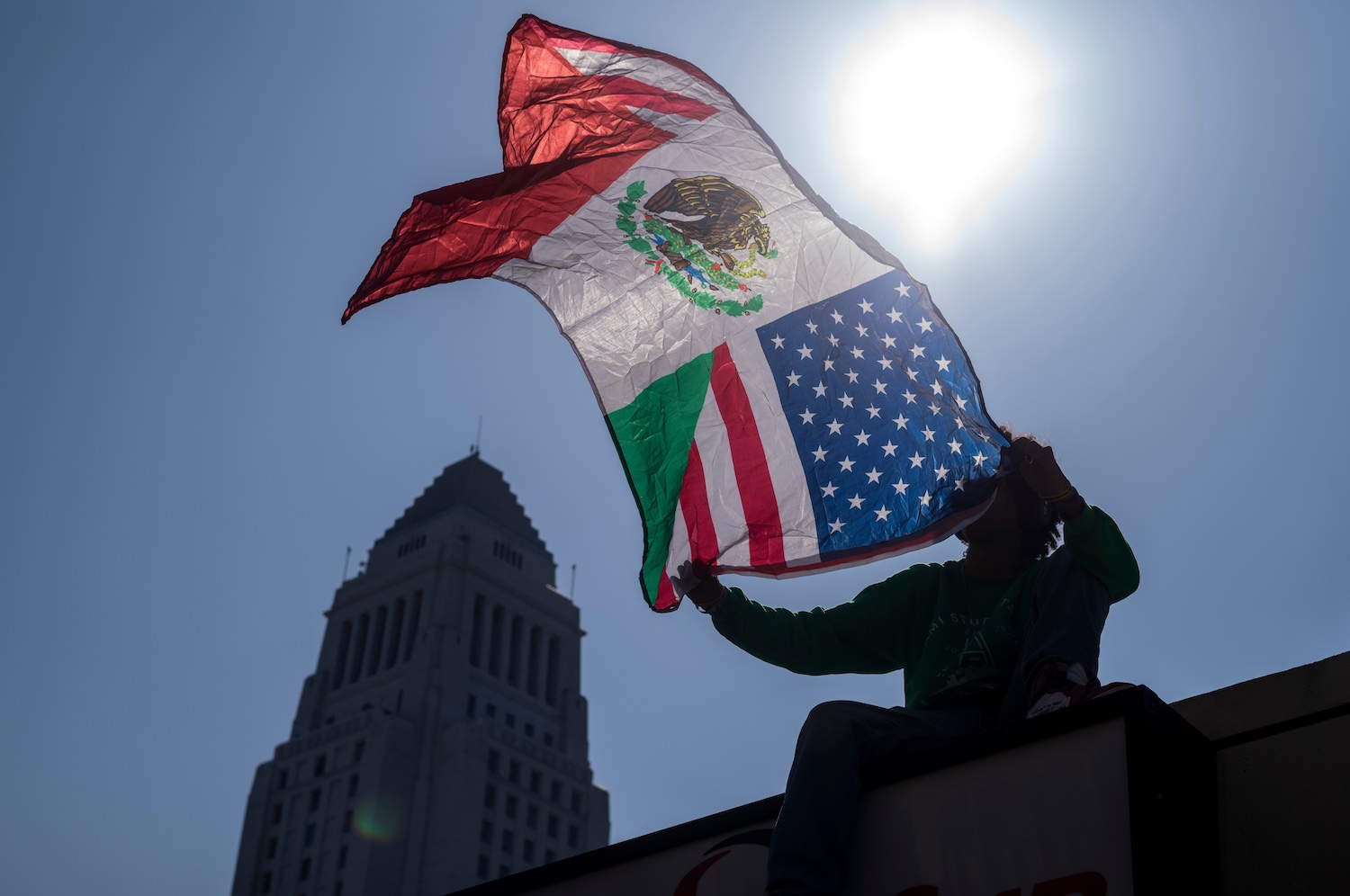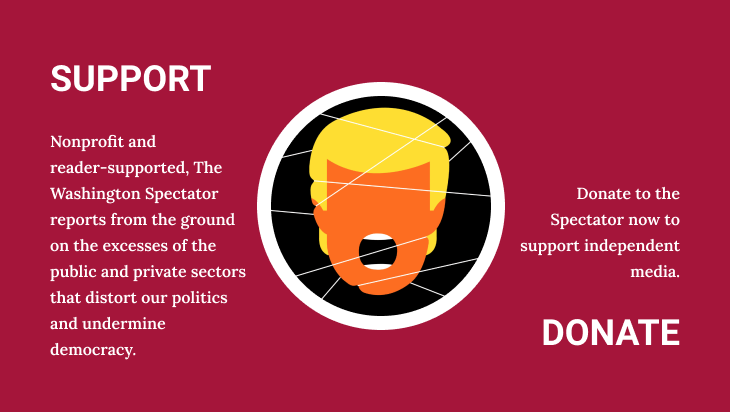The legal confrontation between the federal government and the State of California entered a new phase on June 7, 2025, when President Donald J. Trump invoked 10 U.S.C. § 12406, a statute that allows the President to place National Guard units under federal control in cases of rebellion or obstruction of law, thereby federalizing elements of the California National Guard. Citing escalating protests against Immigration and Customs Enforcement (ICE) and what he described as an “unlawful rebellion,” the President ordered at least 2,000 National Guard personnel into federal service for “force protection” of federal immigration officers. While their initial role would be limited—no direct arrests or crowd control—the legal and political path is now unmistakably heading toward something far more consequential.
This is something Trump has long wanted to do. During his first term, amid the George Floyd protests in June 2020, he threatened to invoke the Insurrection Act to deploy active-duty troops to U.S. cities, including Washington, D.C. He insisted the protesters made him seem “weak” and demanded up to 10,000 troops and even asked whether soldiers “could just shoot them in the legs or something.”
Then, his top advisors—Defense Secretary Mark Esper, Joint Chiefs head General Mark Milley, and Attorney General William Barr—publicly and privately opposed the move. Now, his immigration policy czar, Stephen Miller, and his acting deportation head at ICE, Tom Homan, are egging him on.
The Rhetorical Claims Trump Employs to Justify the Use of Military Force
On June 8, Trump again ratcheted up his rhetoric, describing Los Angeles as “invaded,” “occupied,” and “swarming” with “Illegal Aliens and Criminals,” blending immigration enforcement with a national security lens. He labeled protesters as “violent, insurrectionist mobs,” as if they were like the January 6 rioters he set into motion in 2021. He ordered DHS Secretary Kristi Noem, Defense Secretary Pete Hegseth, and Attorney General Pam Bondi—heads of three civilian and military-linked agencies—to take “all such action necessary” to “liberate” Los Angeles from migrants, using language with quasi-military, quasi-occupation overtones, usually reserved for foreign conflict zones.
The language sets the stage politically and legally for him soon to order federal control over local law enforcement operations, possibly superseding state and municipal authority, by formally invoking the Insurrection Act under 10 U.S.C. § 252 and then interpreting it expansively.
The text of that law authorizes the President to use federal troops to suppress “unlawful obstructions, combinations, or assemblages” that render it impracticable to enforce the laws of the United States “by the ordinary course of judicial proceedings.” It is among the most extreme tools available to a President and, historically, has only been used in the face of violent unrest or open defiance of federal court orders—for example, Eisenhower’s deployment in Little Rock in 1957 to enforce school desegregation, or President George H. W. Bush’s response to the Los Angeles riots in 1992.
What makes this moment distinct is that no one disputes the California protests are entirely political and the protesters are not armed. Governor Gavin Newsom has criticized the federal deployment of National Guard forces and defended the autonomy of state and local officials. But contrary to assertions by President Trump, there is no credible evidence that any city, county, or state authority is actively preventing federal agents from performing their duties—such as arresting or detaining noncitizens. Nevertheless, according to DHS memos leaked to the press, the administration believes federal law enforcement can no longer operate in certain California cities without military augmentation.
(Even as the Trump administration continued further deployment of U.S. military personnel in the state, shortly after this piece was published California filed Newsom v. Trump in federal court, seeking to block the President’s use of the military to suppress protests against federal immigration policy, arguing it violates constitutional limits on executive power and state sovereignty.)
The Legal Theory, the Flimsy Case, and the Road to Court
This framing may be legally sufficient under the Insurrection Act—at least facially. The statute’s key phrase, “impracticable to enforce the laws,” offers considerable discretion to the executive. Courts have historically declined to second-guess the President’s factual determinations in this area, as seen in Sterling v. Constantin, 287 U.S. 378 (1932), though that case also affirms that even emergency powers have constitutional limits. More recently, legal scholars such as Steve Vladeck and Elizabeth Goitein have warned that the vague statutory standard creates potential for abuse when used against political opponents rather than violent threat.
In any forthcoming proclamation, the President would likely cite video evidence of protesters blocking ICE transport vans, audio from local law enforcement refusing to assist federal agents, and public statements from California officials encouraging noncooperation. The administration would argue that it is no longer possible to enforce immigration law through courts and subpoenas alone. That, they would claim, triggers § 252 and justifies invoking the Insurrection Act.
Trump’s application of the Act to California would be legally novel and constitutionally precarious.
First, courts have upheld sanctuary laws as a valid exercise of state discretion. In United States v. California, 921 F.3d 865 (9th Cir. 2019), the Ninth Circuit rejected a federal challenge to California’s refusal to assist ICE with detainer requests, finding that federal law did not override—or “preempt”—state law in this area. Simply refusing to collaborate does not constitute obstruction, let alone rebellion.
Second, the Tenth Amendment constrains the federal government from commandeering state officials to enforce federal law (Printz v. United States, 521 U.S. 898 (1997)). While the President may deploy federal personnel to enforce federal statutes, he cannot conscript local police or penalize states for political dissent. The use of troops to override these principles risks drawing sharp judicial scrutiny, especially if state officials are targeted as enablers of “rebellion.”
Third, even if courts accept the facial invocation of § 252, they will not ignore the downstream consequences for First and Fourth Amendment rights. Protesters and immigrant communities may argue that military deployments chill protected speech, result in surveillance or mass arrest without probable cause, and subject civilians to the use of force under military command. The Posse Comitatus Act, 18 U.S.C. § 1385 —a post-Reconstruction law that prohibits the use of the U.S. military to enforce domestic civilian laws—remains operative unless expressly overridden—and even then, courts have emphasized that the military’s role must remain narrow and closely supervised.
The Stakes: Who Commands the Military—and Who It Ultimately Serves
Most significantly, the President would be using the Insurrection Act not to restore order in a collapsed state, but to override political resistance in a functioning, law-abiding one.
This is not Little Rock, where federal troops escorted children into school after Governor Orval Faubus defied the Supreme Court. It is California—a sovereign state whose disagreements with federal immigration policy have been debated in courts, not on battlefields. The precedent is telling. Then, as now, a state deployed its National Guard in defiance of federal authority—Faubus to block school desegregation ordered by the Supreme Court, Trump now to impose federal immigration enforcement over local resistance. But the roles have been reversed: President Eisenhower used the Insurrection Act to uphold constitutional rights and enforce the judicial mandate to desegregate Arkansas public schools. Trump now flirts with using it to suppress political dissent and override judicially recognized state discretion. In both cases, the stakes concern more than law enforcement—they test whether the military serves the Constitution or the will of a single executive.
The Insurrection Act grants the President broad power—but that power depends on facts that justify its use. When those facts are weak, manipulated, or manufactured, the result is not emergency governance but authoritarian performance.
The administration may counter that ICE officers are unable to execute lawful warrants in cities where resistance is both physical and coordinated. They may argue that when protesters form human chains to block detentions, and local police stand down, the rule of law is undermined. These facts would need to be documented in detail—especially if challenged in a motion for emergency injunctive relief.
That challenge would come quickly. Within hours of a formal invocation, expect California to file for a temporary restraining order in federal district court. The complaint would argue that the President’s action is ultra vires, lacks factual basis, and violates constitutional principles of federalism, due process, and freedom of speech and association. Declarations from ICE personnel, federal marshals, and state officials would be critical in assessing whether the claimed “impracticability” is real or rhetorical.
Whatever a district court decides, the outcome would likely be appealed and quickly reach the Supreme Court. The stakes are enormous. When a president deploys troops to police civilians not because the law demands it, but because he wills it, the system that emerges is not a constitutional republic, but one in which force displaces law, and the chain of command overrides the separation of powers. The use of uniformed troops to enforce immigration raids, disperse protesters, or bypass state authority may begin in Los Angeles. But it could end with a military no longer serving the nation—only the man who commands it. That is not America. It is Rome, in decline.
Jonathan M. Winer, a former senior State Department official, is a member of The Steady State. The Steady State is a nonpartisan organization of more than 280 former senior national security professionals from the CIA, FBI, Department of State, Department of Defense and Department of Homeland Security which advocates for constitutional democracy, the rule of law and the preservation of America’s national security institutions.







0 Comments